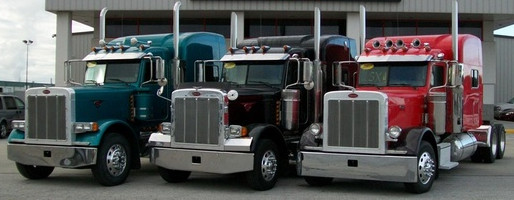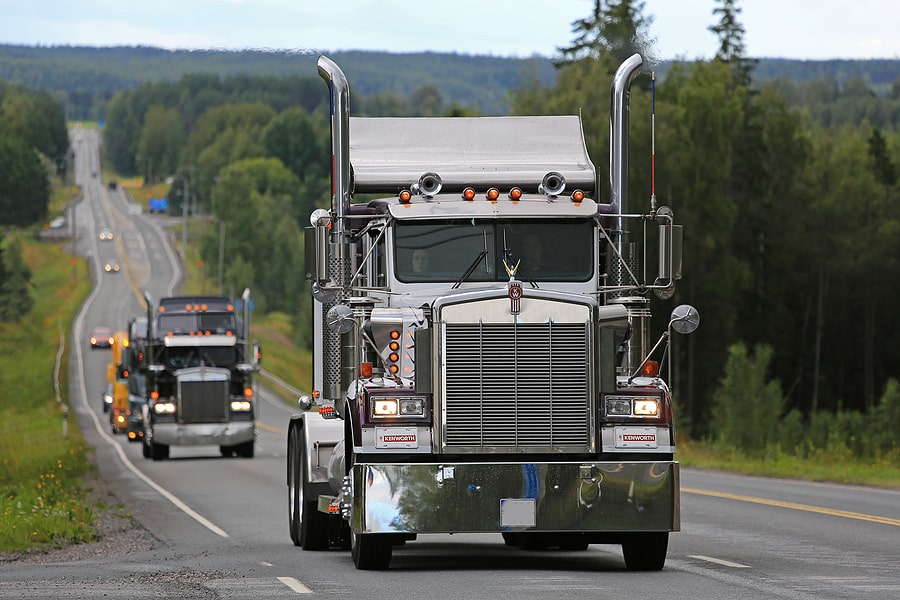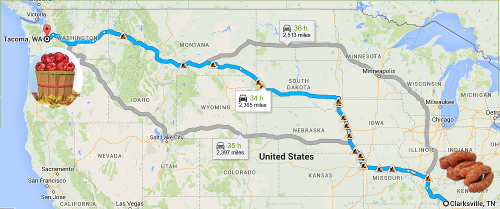
There are pros and cons for both purchasing and leasing trucks as I wrote about several years ago in my Buying vs Leasing article. However, for those who wish to utilize the leasing option, there is a commonly used condition within lease agreements that can be a serious obstacle to overcome.
A significant number of my customers intend to lease their first truck as a way to reduce the initial start up costs for their new trucking businesses. Most of them are aware that the lease agreement they will sign has certain detailed terms and conditions which includes insurance requirements. However, few are aware of what the exact insurance requirements are and simply assume it’s just a “typical” commercial auto insurance policy. Often, that is not the case.
My own commercial auto policies (trucking policies) have always included coverage for “scheduled autos” as well as other coverages such as “cargo,” “medical payments,” “physical damage,” etc. which is typical for most all independent owner operators. For a significant number of truck leasing companies these coverages, while necessary, frequently will not meet all the insurance requirements of the lease agreement. Many lease agreements include a requirement to have “any auto” coverage and possibly “hired auto” coverage included on the insurance policy. The majority of insurance companies I am aware of or work with will typically not be able to provide “any auto” coverage for an independent owner operator or even small to mid-size fleets.
Because of what “any auto” coverage is, providing that coverage comes with an enormous risk for the insurance company. “Any auto” coverage means exactly what it says. It’s easiest for me to explain by using an example…
Hypothetically, I, W Joel Baker trucking, has an insurance policy that includes “scheduled auto” coverage. When I applied for my insurance I included on my application that I own 1 truck. That truck is “scheduled” on the policy. I also requested and was provided “any auto” coverage. 6 months later my customer informs me they will need 4 more trucks to support the increase in loads and they would like me to provide those 4 additional trucks. Great, my business is growing! So I get 4 more trucks. Without me notifying the insurance company, those trucks automatically have applicable coverage without any premium increase because of the “any auto” coverage I have on my hypothetical insurance policy. So what would stop me from adding 10, 20, 50 trucks or more without paying a single penny more for my insurance premium? That’s right, absolutely nothing! Hence, that is why it’s very difficult to find an insurance company who is willing to provide “any auto” coverage.
I know what everyone is asking. Why would a leasing company require “any auto” coverage then? I sincerely believe their motivations are mostly well intended. For example, if the truck you have breaks down they can quickly and easily give you a different truck. Sometimes the lease will be for different trucks for different days, weeks, months, etc. depending on truck availability. I have seen other cases where I believe the intent is less than ethical. I have seen those same leasing companies offer their own insurance policy that meets the terms of the lease agreement. Of course those premiums are typically much higher which completely negates any start up cost savings.
The best way to avoid this challenge is to fully read the lease agreement before you sign it. Do not take the sales person’s “word for it.” If you’re still not sure, share the lease agreement with your attorney or your insurance agent. Finally, if the leasing company has trucks available for lease (especially in the box truck industry) there is a strong probability their lease agreement includes “any auto” coverage.
To get more great business tips and trucking news visit Overdrive extra!![]()


